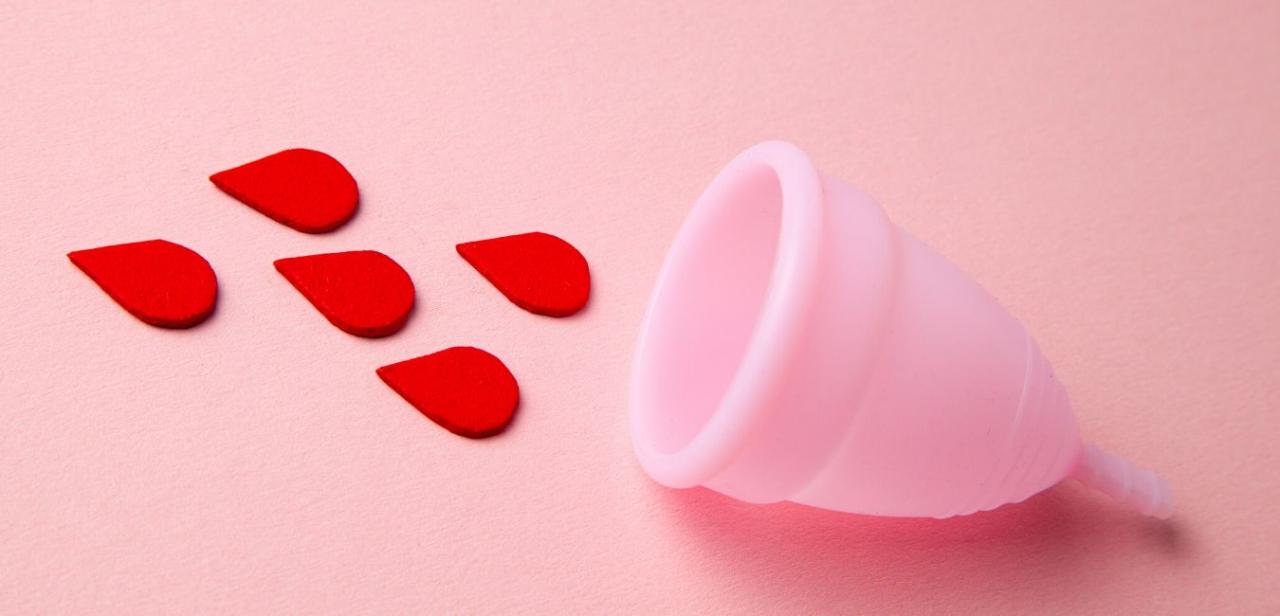It is normal to have a vaginal discharge. The vagina and cervix produce secretions. These secretions, along with vaginal bacteria and exfoliated vaginal cells (surface cells of the vagina that have been shed into the vagina), create a normal discharge. The normal vaginal discharge is clear or white. It should not be particularly "clumpy" or exceedingly "runny," and it should not have an unpleasant odor. It's normal for the discharge to increase in the middle of your menstrual cycle.
If you notice an increase in the amount of discharge, a foul odor, or a change in the color of the discharge, make an appointment to have it evaluated. This change may signal a vaginal infection or condition that should be treated. Yeast infections produce a secretion similar to cottage cheese in texture. Usually it is white and does not have a foul odor. Yeast infections are often accompanied by itching and can usually be treated with an antifungal product, either orally or vaginally. Atypical yeast and recurrent yeast infections may require more prolonged use of an antifungal, or the use of boric acid capsules, 600 mg vaginally, twice daily, for two weeks.
Two other vaginal conditions frequently cause an increased discharge. Both usually produce a profuse, foul-smelling discharge, but they may not be associated with burning or itching. Your only clue may be the increased discharge or odor. The most common of these is bacterial vaginosis (BV), which is actually more common than yeast infections. Most of the time BV presents without significant signs of inflammation. The most common symptom is an increased discharge with a foul, "fishy" odor. BV may increase the risk of preterm labor and premature rupture of membranes in pregnant women. It is also commonly associated with PID (see below).The condition is caused by a decrease in the number of lactobacilli (the usual dominant bacteria of the vagina), allowing an increase in the population of other bacteria that are normally absent or present in small numbers. One of these is called Gardnerella. Gardnerella is only one of a number of bacteria that overpopulate the vagina in this condition. The foul odor is caused by substances called amines, which are released by the bacteria. The doctor can easily diagnose the condition by looking at vaginal secretions through a microscope. This test is referred to as a "wet prep." He or she can also check the vaginal Ph (increases with BV), perform a “sniff” test (detecting an odor after adding potassium hydroxide to a sample of your discharge), and obtain a swab to be sent to a laboratory, which can determine if bacteria are overgrowing at the expense of lactobacilli. Your physician may also use a rapid test called BVBLUE in the office that detects BV.
The doctor will prescribe an antibiotic that selectively decreases the bacteria that have overpopulated the vagina. This gives our friend lactobacillus the chance to reassume its dominant position. The three antibiotics usually used for this are metronidazole (Flagyl), tinidazole (Tindamax), and clindamycin (Cleocin). Metronidazole and clindamycin are available in oral and vaginal preparations. The vaginal preparations are less likely to have side effects but are messier. Tinidazole is newer and sometimes reserved for those patients who do not respond to metronidazole or clindamycin. When using metronidazole or tinidazole, avoid alcohol. This is important! You will (we repeat WILL) get sick with nausea and vomiting if you combine alcohol with these antibiotics. With BV, there does not appear to be a higher success rate if your partner is also treated, and most doctors won't do so unless you seem to have frequent recurrences.
Some patients will develop frequent recurrences of BV. This can be approached with longer courses of treatment with the antibiotics mentioned above. Boric acid capsules may also be effective using the same regimen described earlier for yeast infections. There is some evidence that probiotics like RepHresh Pro-B may also be effective in reducing recurrences of BV.
Another vaginal infection commonly associated with a profuse, foul discharge is trichomoniasis. It is caused by an organism called Trichomonas, which produces a green-yellow discharge, itching or burning, and a foul odor. It, too, is easily diagnosed by a physician using a microscope to analyze vaginal discharge or through a swab sent to the laboratory. Metronidazole and tinidazole are used to treat the infection. Since it is usually acquired through sexual transmission, your partner should be treated to prevent reinfection.
Aerobic Vaginitis, Desquamative Vaginitis, and Lichen Planus are other conditions that lead to an increased vaginal discharge, often with significant inflammation of the vagina, and even ulcerations. Unlike bacterial vaginosis, they do not usually present with a foul odor. Due to the significant inflammation they cause, they may also present with painful intercourse as the primary symptom. In the absence of yeast and Trichomonas, which are easily diagnosed, severe inflammatory vaginal changes should lead your gynecologist to suspect one of these more obscure conditions. These conditions are not well understood and treatment can be more difficult. Treatment may include a vaginal antibiotic cream (clindamycin 2%) for two weeks (or more), an oral antibiotic, or vaginal (or oral) steroids.
Finally, it’s possible that you have too much of a good thing. What????? Yes, it is possible to have an overgrowth of lactobacillus, the very bacteria that we are trying to encourage in all of the other conditions mentioned above. If the conditions above have been excluded and your only symptom is an increased milky, white discharge, you may have this condition, which is also referred to as cytolytic vaginosis or lactobacillus overgrowth syndrome. Your doctor can discern this if he or she has a microscope in their office. Examination of your discharge under the microscope will not demonstrate any of the findings we see with the aforementioned conditions, but rather will simply see a gazillion lactobacilli bacteria. While this condition does not need to be treated if it doesn’t bother you, it is treatable if you wish. This is the only situation in which we recommend a baking soda douche. Place 1 to 2 tablespoons of baking soda in 1 quart of warm water and douche twice weekly for two weeks. You can also obtain a commercial baking soda douche product, or obtain empty gelatin capsules from a health store and fill them with baking soda, placing them deep in the vagina twice weekly for two weeks. By decreasing the vaginal pH, the number of lactobacilli will decrease. Remember, however, that you do not want to overdo it with this treatment. If you increase in the pH of the vagina too much, for too long of a period of time, then you will increase your risk of getting one of the other conditions mentioned above such as BV. Lactobacilli are important for the health of your vagina, so we are not trying to eradicate them altogether.
Visit these sites for more information:
www.AskYourGynecologist.org




Add a CommentComments
There are no comments yet. Be the first one and get the conversation started!